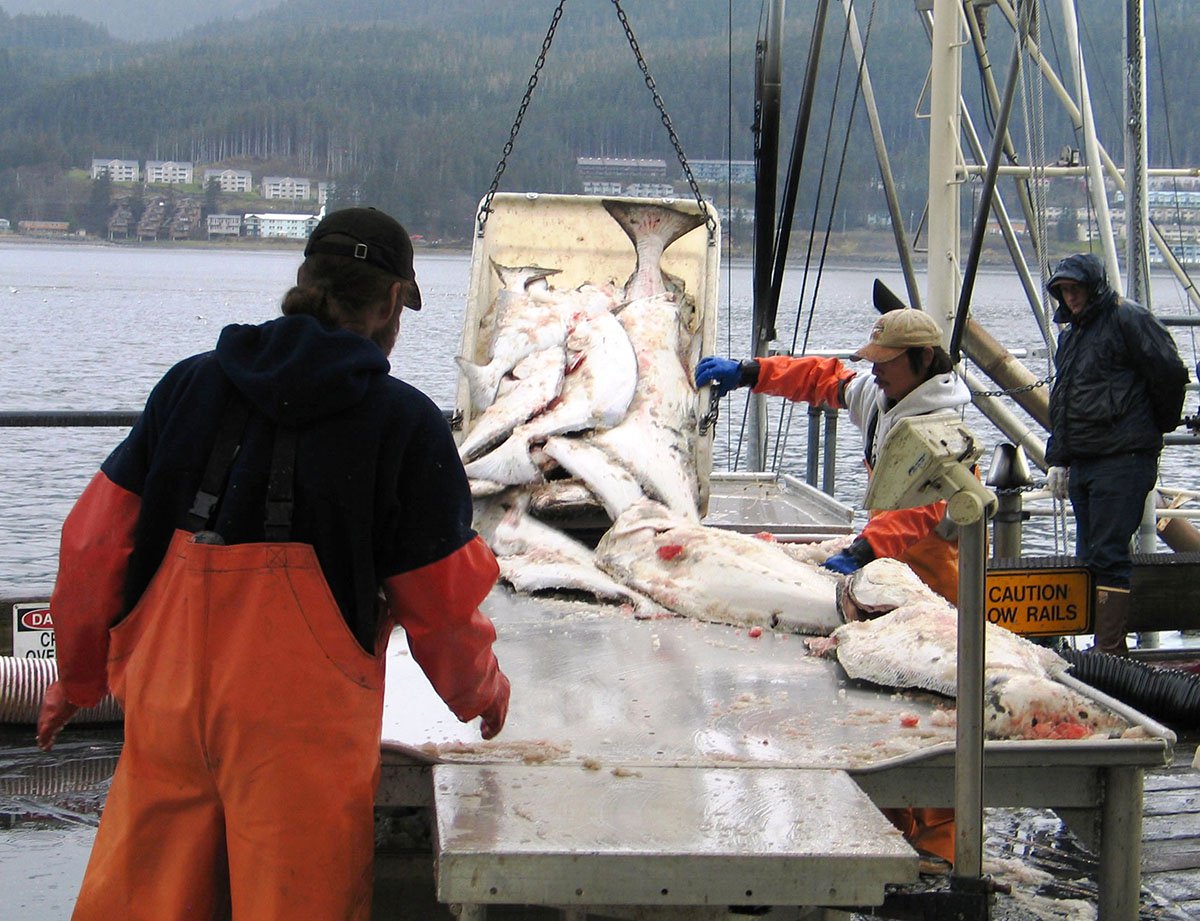In 1977, I began my career as a commercial fisherman at the age of 28. The decade of the ’70s was when the upstart baby boomers were entering the business.
The fleet was made up of Boomers and Old Timers, and not too many in between. Most of the trolling boats were old, wooden and small. There were some big rigs in the seine and longline fleet. For the most part, people participated in a single fishery. Trolling saw the biggest influx of new entrants, many of these being hand trollers, fishing out of small skiffs. There were scows and packers all over the waters of Southeast Alaska, servicing the fleet.
King salmon season was open all year around. Some of the Old Timers in the fleet had fished the same drag almost their entire careers. Some of these drags were attractive because of the huge king salmon that they produced. One of these was the Shark Hole in Salisbury Sound, out of Sitka. Point Amelia, down the beach about halfway to Cape Edgecumbe was another favorite. It was renowned for its short, fat, torpedo-shaped fish, some upward of 50 pounds. I don’t know their origin, but those fish are long gone now. All up and down the beach, there were small fleets grinding away at their favorite spots.
King salmon fetched $2.50/pound; cohos $1.50; and eggs were worth $1 a pound. Some of those kings were worth well over $100, which was a lot of money back then.
By the mid ’80s the king salmon seasons were getting cut short. In 1984, most of the Boomers diversified into the halibut longline fishery, and in 1985, diversified even more into the blackcod fishery. Most of them had never even seen a blackcod before. The Old Timers were retiring, so the Boomers pretty much made up the fleet, buying bigger new and better boats, most made of fiberglass and steel.
By the end of the ’80s the longline fisheries had become so competitive that halibut season was one day a year and blackcod eight. It was, to say the least, a horrifying nightmare. I remember the last year of the blackcod derby. The season opened at midnight in April, with everyone jogging into position, fighting over a spot to set their gear, and someone getting on the VHF channel 16 and yelling, “IFQs or IFU.” That was a classic and gave us all a good laugh and relieved some of the stress.
As it turned out, IFQs were implemented, and the qualifying years for computing who got what were the exact same years that most entered into these two respective fisheries. Most of the Old Timers had retired before the qualifying years, and so got absolutely nothing, even though a few of them had longlined their whole lives. Others who got in late didn’t get much either. But as in the state’s limited entry program, something had to be done. Boats and fishermen were being lost, the markets were saturated with a poor quality product, and, for a short amount of time, neither the processors nor the fishermen were making much money. All in all, the IFQ program gave the majority of the fleet hope for a safer, secure and more profitable future.
The decade of the ’90s ushered in the IFQ program along with the explosion of the charter industry. The discrepancies between how the commercial fishermen and the charter fishermen are regulated by the state and federal agencies is truly beyond belief. When engaged in fishing, we have observers, which we pay for, and/or cameras. When we unload, every fish or pound of fish is accounted for.
The state has embraced the tourist related businesses at the expense of local Alaskans' quality of life, and of the valuable resources the commercial fishing industry has sacrificed dearly for, in the hopes of future better returns.
One cannot solely put the blame on the charter industry, as they are merely seizing the opportunity the state of Alaska has allowed to occur, and to grow out of control, to the point where our children and grandchildren’s livelihoods, in some fisheries, will be jeopardized or even non-existent.
Unfortunately, change is unlikely. The state has filled its boards, commissions and political seats with tourist friendly people. The ironic part is that the state is getting little value aside from license sales. The shipping companies, charter operators, lodges, and Alaska Airlines are the big winners, and the local residents, commercial fishermen, processors, state of Alaska and worst of all, the resource, are the big losers.
Dennis Beam
Richland, Ore.







